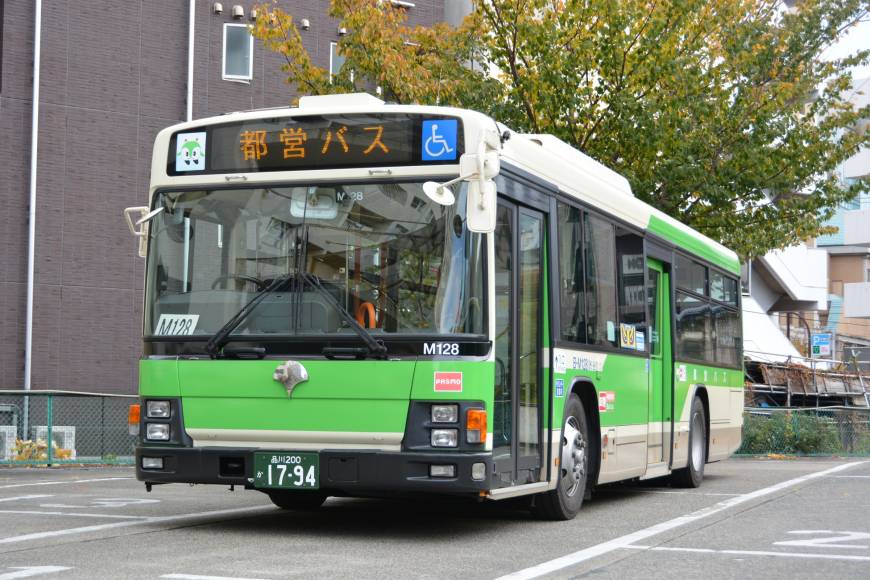First off, when travelling to Japan, make sure to pack for the weather. Japan is a country that experiences the four seasons, spring, summer, autumn and winter. If you are not sure about the climate and season in Japan, it is best that you perform a simple google check. Other than the season, we recommend that when you are flying to Japan, make sure to take an internationally run flight. We have had many bad experiences with flying local-run airlines, and an international airline such as All Nippon Airways was so much better.
After arriving in Japan, you will be faced with another dilemma: transportation. Below we will cover all of the transportation options to travel through Japan, so that you will have an idea on the best mode of transportation in Japan.
1. Trains
By far and away, this is the best mode of transportation to travel through japan. The trains are comparatively cheaper than any other mode of transportation especially when looking at distance traveled. Japan boasts one of the most advanced and complete train infrastructures in the world, with trains being one of, if not the main, mode of transportation for many locals. The train fare is also cheap, with the fare being 60 cents to maybe 2 US dollars. By riding on the train, you can also observe the simply outstanding punctuality of Japan's trains, with trains arriving not a second late or early on schedule. This is head and shoulders above the rest, the best way to travel around Tokyo, or any other major city in Japan.
2. Shinkansen
This is not a regular train like with the option above. The name "shinkansen" stands for "new trunk line", which refers to the high speed rail network. This mode of transportation can be used to travel between cities in Japan. These bullet trains can reach speeds of up to 320 kilometers an hour, or 198 miles per hour for our Imperial friends. Beware though, as prices can be quite expensive for this mode of transportation, so we advise you to buy a Japan Rail Pass, which can be used for most shinkansen trips.
3. Bus
In many metropolitan cities throughout Japan, such as Tokyo and Osaka, buses serve as a secondary means of transportation (the primary one being trains, of course). However, if you are planning to head to the smaller cities like Kyoto, where the train network is less dense, you might be interested in this mode of transportation.
4. Taxis
Thanks to Japan's highly efficient network of public transportation, taxis serve as only a means of transportation when you are too late to catch the train, as trains and buses stop functioning after 12 midnight. Since the taxis in Japan target their source of income on people who are too late to catch any other means of public transportation, the fare to ride a taxi is quadruple, or even sextuple the amount that you pay to get to the same destination by bus or train (since there is no competition after midnight). By all means, avoid this mode of transportation.
All in all, travelling to and through Japan can be a daunting task to anyone who does not fully understand the public transportation environment in Japan. We hope that by providing you with a guide of transportation in Japan, we made your trip just a little bit easier.



